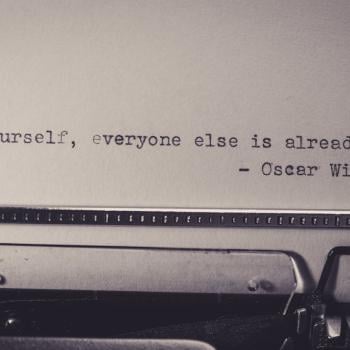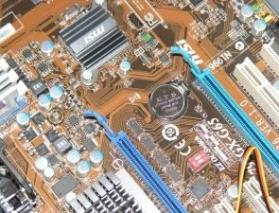 “Where does suffering come from? Why do we suffer?” The questions open biologist Ursula Goodenough’s essay “The Biological Antecedents of Human Suffering” (in The Routledge Companion to Religion and Science (2012)). Through the ages, people have turned to religion for the answers, with no easy satisfaction. But under a biologist’s eye, the questions look more manageable.
“Where does suffering come from? Why do we suffer?” The questions open biologist Ursula Goodenough’s essay “The Biological Antecedents of Human Suffering” (in The Routledge Companion to Religion and Science (2012)). Through the ages, people have turned to religion for the answers, with no easy satisfaction. But under a biologist’s eye, the questions look more manageable.
Goodenough proposes two categories of suffering, the biological and the experienced. Biological suffering comes to all living things. Bacteria, plants, and people all seek out what they need—water, food, light—and withdraw from what will harm them—poisons, enemies. Any organism with too little of what it needs or too much of what will weaken it is struggling, under stress.
For animals with developed nervous systems, however, such suffering not only occurs biologically but is also experienced. The biological struggle announces itself through the nervous system. Vertebrates (animals with a backbone, head, and skeleton) carry neurons called nociceptors in their skin and internally in muscles, joints, and the gut. When nociceptors tell the brain that something is very wrong, the brain interprets the message as pain—a finger sliced with a knife, a twisted ankle, sudden nausea. In addition, for humans—social, self-aware creatures that we are—the sources of such experienced pain include social and psychological distress (envy, guilt) as well as bodily injury.
Fortunately, for most of the difficulties that organisms endure, antidotes are available. Organisms will move towards water if they need it, try to compensate for an injury, muster immune responses to fight infections, call a friend if they are lonely. Goodenough calls such corrective measures amelioration systems; they make things better.
Effective amelioration systems are indispensable. To paraphrase Goodenough, organisms whose amelioration systems fail to cope with adversity will die. Organisms whose amelioration systems are inactive because they have all they need enjoy well-being. But it is organisms whose amelioration systems are at work “actively dealing with difficult circumstances” that are in a state of biological suffering.
Sometimes the suffering is not felt: “The food-deprived amoeba or the bacterium, the plant plunged in darkness or subject to a wound, pays the suffering price, but does not feel the price.” In other cases, for humans and other vertebrates, the price may be acute pain. Pain alone won’t ameliorate a condition but calls attention to it—and may teach a lesson that brainy creatures can remember about what to do differently next time.
In still other cases, though, continuous or recurring pain is a scam. We pay the suffering price and we feel it, but nothing is being improved. Chronic pain is “physical pain that is not obviously in the service of amelioration systems and is unresponsive to analgesics or other practices….Here we encounter an example of things gone awry.” With chronic pain, “Suffering has become uncoupled from resolution.”
Goodenough closes, “The long evolutionary view of suffering is that it is an inherent feature of life….[It] is part of the package, the price paid for the gift of being alive at all.” Suffering is a matter of naturalistic processes, in other words, not of mystery or guilt. We are left, however, to reckon the irony that suffering is the work of the body’s capacity for repair and renewal.
These highlights are a partial summary of Goodenough’s rich essay, which can be found here at Google Books.
Subscribe to The Spiritual Naturalist Society
Learn about Membership in the Spiritual Naturalist Society
__________
The Spiritual Naturalist Society works to spread awareness of spiritual naturalism as a way of life, develop its thought and practice, and help bring together like-minded practitioners in fellowship.
















